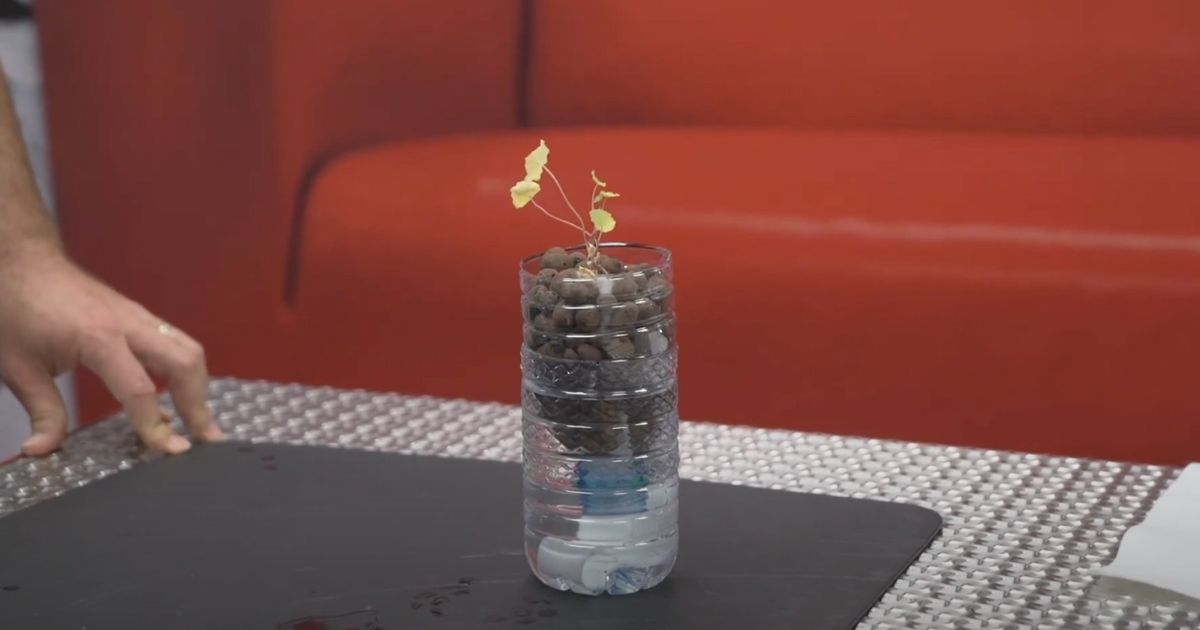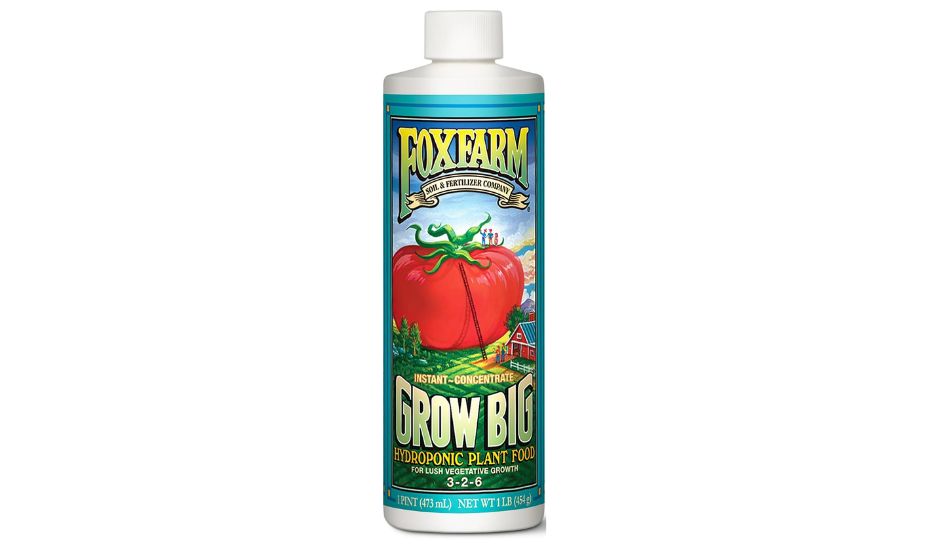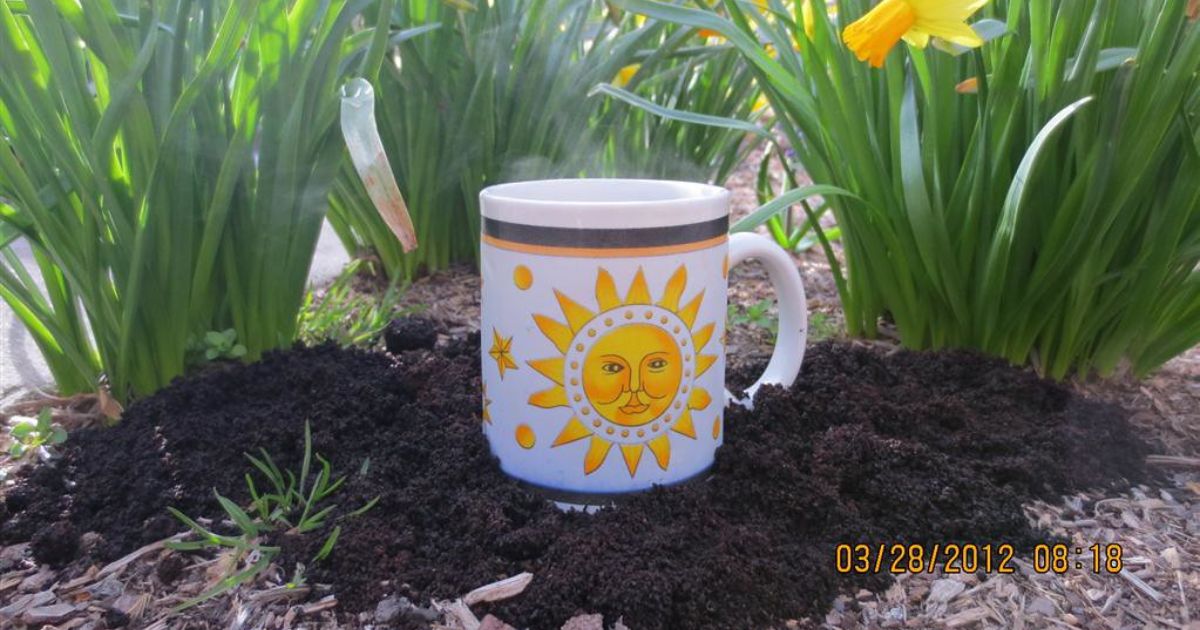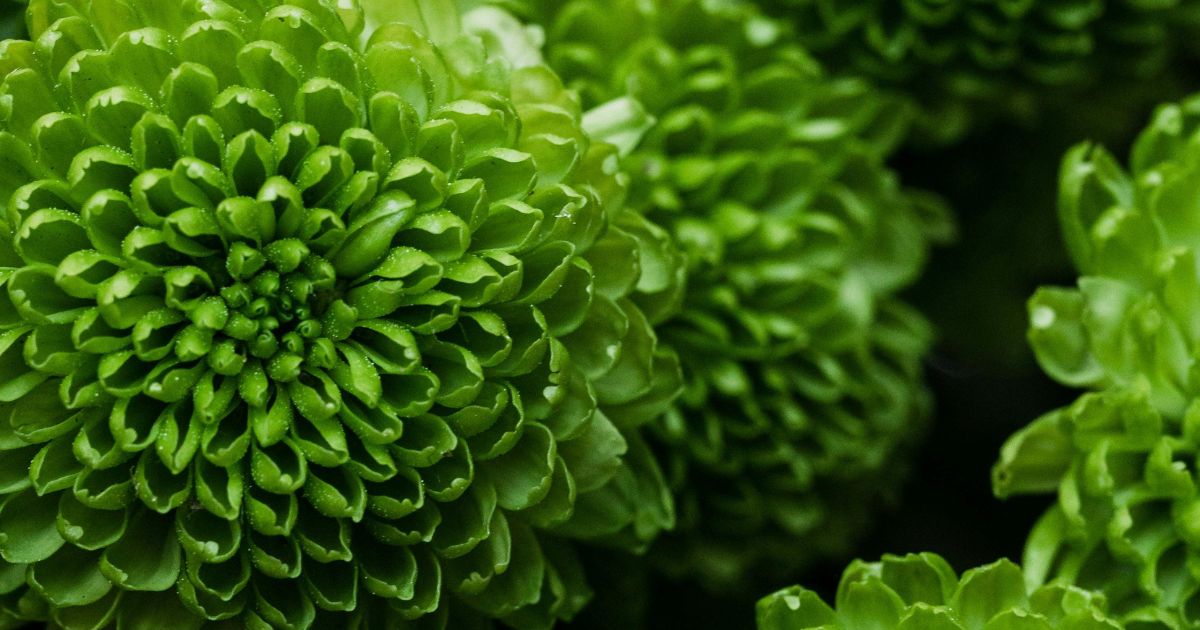
Hydroponic Wicking: A Complete Guide for Beginners
Hydroponics is revolutionizing the way we grow plants, and one of the simplest methods within this innovative field is wicking hydroponics. This approach is cost-effective, easy to set up, and ideal for beginners or hobbyists looking to grow plants without soil. In this guide, we’ll dive deep into what hydroponic wicking is, how it works, its benefits, limitations, and the steps to set up your own system.
What Is Hydroponic Wicking?
Wicking is a passive hydroponic technique that uses a wicking material (like cotton rope or felt) to draw nutrient-rich water from a reservoir to the plant’s root zone. This mimics how plants absorb moisture in soil, providing a steady supply of water and nutrients without the need for active pumping systems.
This method is particularly suited for low-maintenance growers and is most effective for small to medium-sized plants with low water requirements, such as lettuce, herbs, and houseplants.
How Does Hydroponic Wicking Work?
The system relies on capillary action, a natural phenomenon where water moves through a porous material. Here’s a breakdown of the components:
- The Reservoir: A container holds the nutrient solution. This can be anything from a simple plastic tub to a repurposed bucket.
- The Wicking Material: Absorbent materials like cotton rope, nylon wicks, or felt transfer the nutrient solution to the plants.
- The Growing Medium: Materials like coco coir, perlite, or vermiculite surround the plant roots. These mediums hold moisture but also allow for proper aeration.
- The Plants: Typically, smaller plants or herbs thrive in wicking systems as they require less water and nutrients.
Benefits of Hydroponic Wicking
Hydroponic wicking offers numerous advantages, including:
1. Ease of Use
- No pumps, timers, or complex systems required. It’s simple enough for anyone to set up.
2. Cost-Effectiveness
- Requires minimal investment. Most materials can be repurposed from household items.
3. Low Maintenance
- Once the system is set up, it requires little daily attention.
4. Eco-Friendly
- Uses less water than traditional soil gardening and recycles the nutrient solution.
5. Versatility
- Can be adapted for indoor and outdoor use, making it ideal for urban gardens.
Limitations of Hydroponic Wicking
While wicking is an excellent choice for beginners, it does have some drawbacks:
- Plant Size Restrictions: Not suitable for large or water-intensive plants like tomatoes or cucumbers.
- Salt Build-Up: Over time, salts from nutrients may accumulate in the wicking material, requiring periodic cleaning or replacement.
- Limited Scalability: Works best for small-scale setups; less practical for commercial or high-yield systems.
- Clogging Issues: Some wicking materials may clog, disrupting water flow.
Setting Up a Hydroponic Wicking System
Here’s a step-by-step guide to create your own hydroponic wicking system:
Step 1: Gather Your Materials
- A reservoir (e.g., plastic tub, bucket)
- Wicking material (cotton rope, felt, nylon)
- Growing medium (coco coir, perlite, or vermiculite)
- Net pots or containers for plants
- Nutrient solution
- Plants or seeds
Step 2: Prepare the Reservoir
- Fill the container with a water-nutrient mix based on your plants’ needs.
- Ensure the solution’s pH is between 5.5 and 6.5 for optimal nutrient absorption.
Step 3: Add the Wicking Material
- Place one end of the wick in the reservoir, ensuring it’s fully submerged.
- Thread the other end through the growing medium in the net pot or container.
Step 4: Position the Plants
- Place your plants or seeds in the growing medium.
- Ensure the wicking material delivers moisture to the root zone.
Step 5: Monitor and Maintain
- Check the reservoir regularly to maintain nutrient levels.
- Periodically clean or replace the wick to prevent salt build-up.
Best Plants for Hydroponic Wicking
Certain plants thrive better in a wicking system due to their low water and nutrient needs. These include:
- Lettuce: Easy to grow and quick to harvest.
- Basil: A popular herb that flourishes in hydroponics.
- Mint: Hardy and low-maintenance.
- Spinach: Thrives in nutrient-rich environments.
- Chives: Perfect for small spaces and quick growth.
Tips for Success
- Choose the Right Wick: Materials like nylon are more durable, while cotton provides better absorption but may degrade over time.
- Avoid Over-Saturation: Ensure the growing medium has good aeration to prevent root rot.
- Monitor Nutrient Levels: Regularly test and adjust the nutrient solution for optimal growth.
Conclusion
Hydroponic wicking is an excellent entry point into the world of soilless gardening. Its simplicity, affordability, and low-maintenance nature make it perfect for beginners. By understanding the system’s mechanics and following best practices, you can enjoy fresh, home-grown produce with minimal effort.
Whether you’re looking to grow herbs in your kitchen or experiment with hydroponics on a budget, wicking provides a rewarding and sustainable solution to gardening challenges. So grab your materials, set up a system, and watch your plants thrive!



